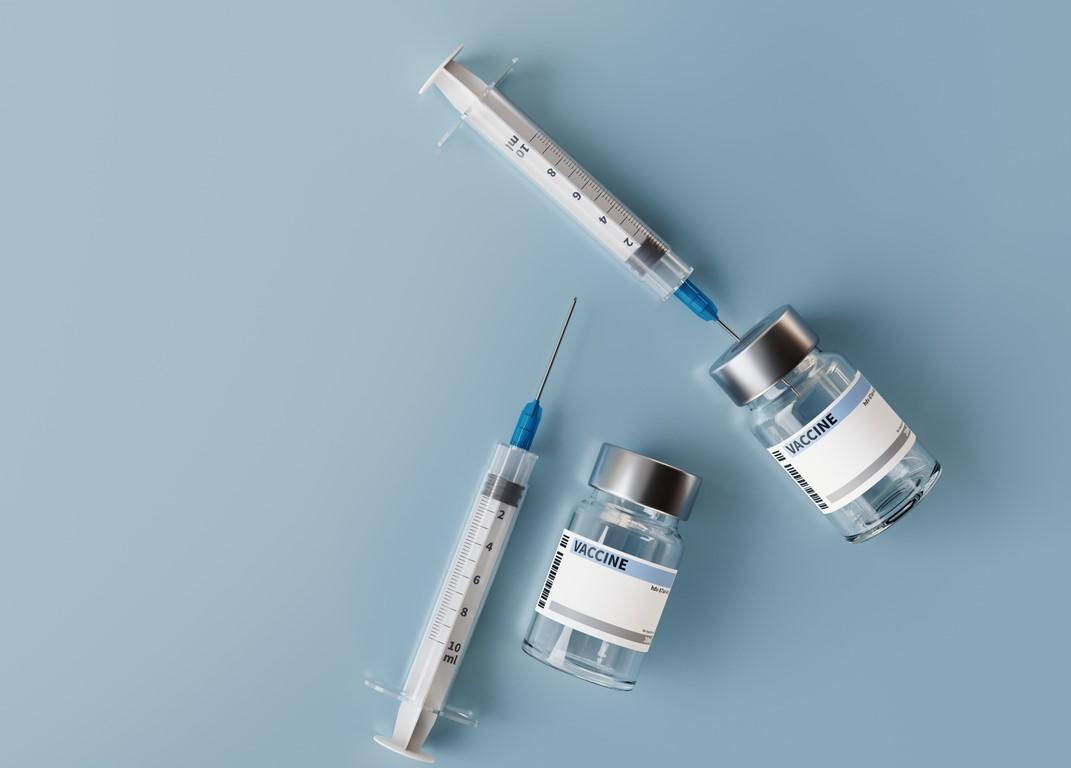Studies published today in Morbidity and Mortality Weekly Report offer real-world insight into how well the Jynneos vaccine works to protect recipients against mpox infection during the ongoing outbreak in the United States, as well as how safe it is.
Infections 10 times higher in unvaccinated
In the first study, researcher show mpox cases were 9.6 times higher among unvaccinated men compared to those who had received two vaccine doses, and 7.4 times higher than in those who had received only the first dose.
Of note, the researchers said the evidence indicates there was no difference in protection between subcutaneous and intradermal injections, which were introduced this past summer as a way to stretch vaccine supply.
The study was based on case data collected from 9,544 reported mpox cases among men aged 18 to 49 years from Jul 31 to Oct 1, 2022, from 43 US jurisdictions, and separated by vaccination status.
According to the authors, 8,320 mpox infections (87.2%) occurred in unvaccinated men and 1,224 (12.8%) in vaccinated men, including 218 (17.8%) in those without a known vaccination date. Among cases in vaccinated men whose vaccination date was known, 614 (61%) were in those whose illness onset occurred 13 days or less after receipt of dose 1 and 392 (39%) in men with illness onset 14 days or more after receipt of dose 1. Among this group, 48 cases (12.2%) (0.5% of all cases) were among persons with illness onset 14 days or more after receipt of dose 2, the authors said.
There was no difference in outcomes for subcutaneous or intradermal vaccine recipients.
"This supports previous clinical trial data that indicated similar immune responses to Jynneos vaccination over time after intradermal or subcutaneous administration," the authors said.
Good million-dose safety record
In the second study, safety monitoring of the Jynneos vaccine was gathered after 1 million doses in the United States, administered from May 22 to Oct 21. Only 14 reports were classified as serious.
The authors note, "Nine reports were classified as serious because of hospitalization for the following events: myocarditis (two), pericarditis (two), appendicitis (one), aseptic meningitis (one), atrial fibrillation (one), idiopathic thrombocytopenic purpura (one), and methemoglobinemia (one)," the authors wrote. "Three vaccinated persons reported the following events as representing disability or permanent damage in their own assessment: injection site discoloration (one), injection site pain (one), and injection site scar (one)."
The myocarditis reporting rate was 1.53 cases per million doses within 30 days after receipt of dose 1 and 2.99 after dose 2.
Two deaths were also reported within days of vaccine administration, but one was a drowning and the other was likewise not linked to vaccination.
Infections in those receiving post-exposure vaccine
In related news, in a letter yesterday in the New England Journal of Medicine, French researchers report on breakthrough mpox infections in vaccinated French men who received Jynneos after significant exposures.
In the small study, 12 of the 276 vaccinated participants (4%) had a subsequent confirmed nonsevere mpox infection. Among them, 4 (33%) had well-controlled HIV, as compared with 33 of 264 (12%) among those who were vaccinated and uninfected. And 2 (17%) had a history of smallpox vaccination, as compared with 28 of 264 (11%) among those who were vaccinated and uninfected.
"Mpox infection developed in 10 of the 12 participants within 5 days after vaccination, in 1 participant at 22 days, and in 1 participant at 25 days," the authors said.
In total, 4% of the participants who had received postexposure vaccination with Jynneos had a subsequent mpox infection during the first month after receiving the initial dose of vaccine.




















